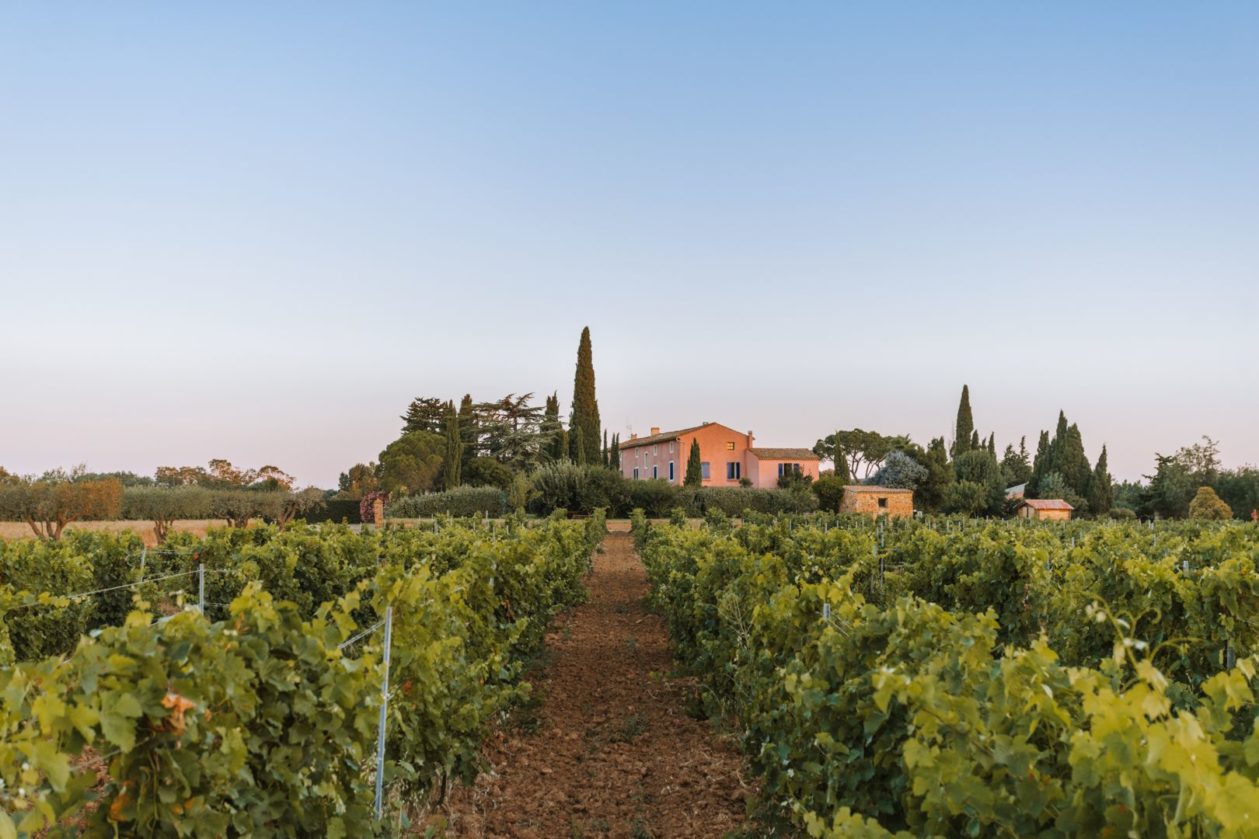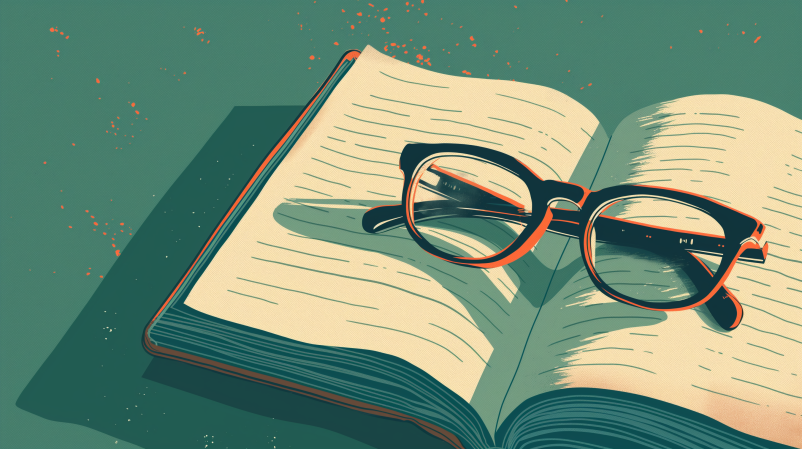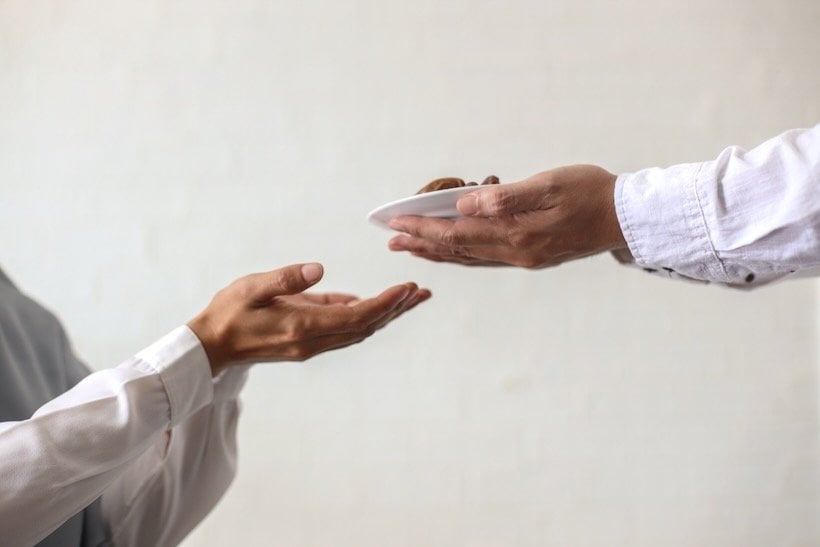Mature, well-rounded, steeped in terroir, these are often descriptions of a great wine. However, they also describe one of the world’s most successful wine makers, Gérard Bertrand. Many of us are in the reevaluation and discovery of what is important and meaningful phase of our lives. Bertrand had his revelation in 1987, when he took over his father’s vineyards. He was determined to grow all of his grapes biodynamically and to show the world that not only would he be sensitive to every environmental aspect of the winemaking process, but also his wines could win global acclaim and awards.
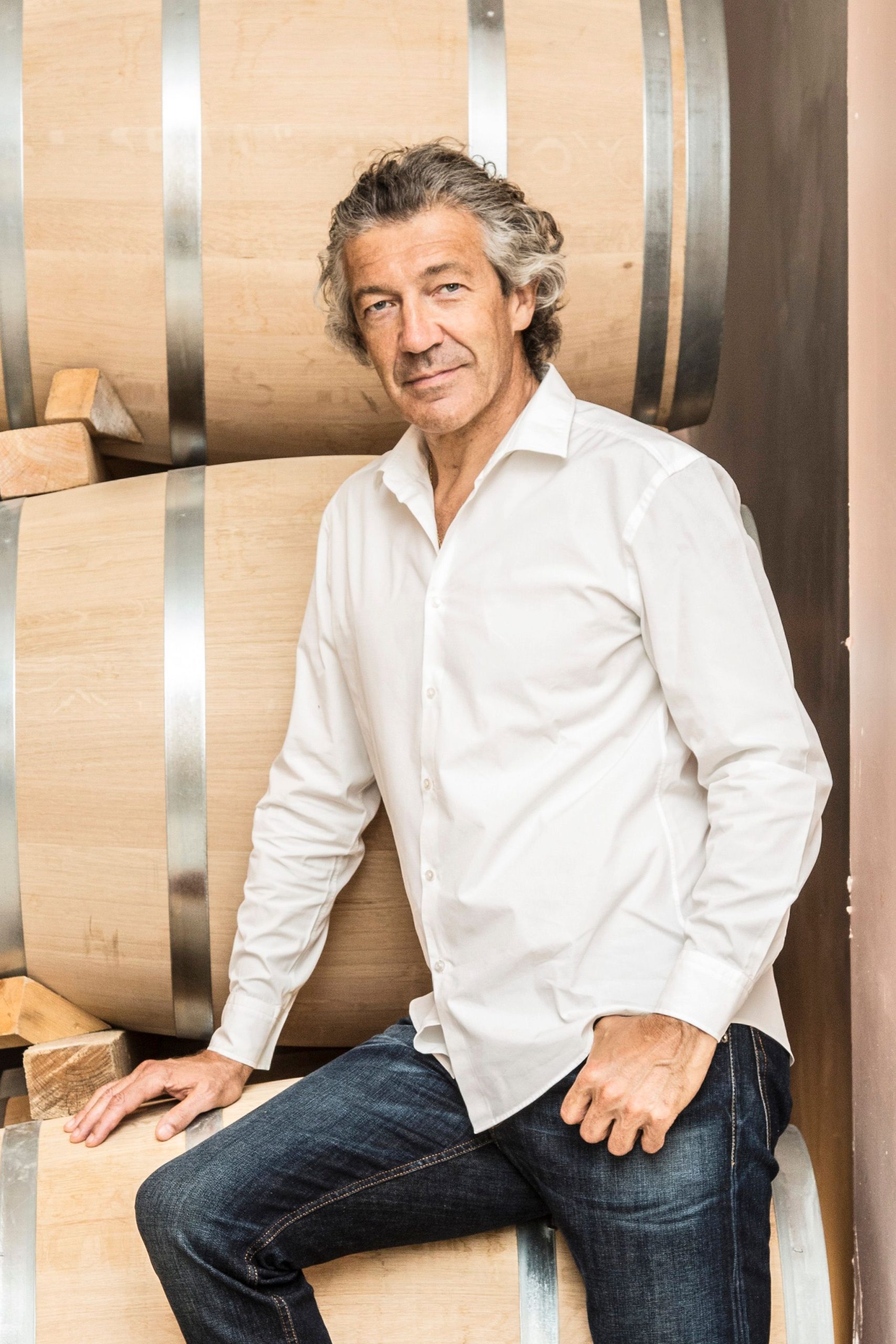 Winemaking was not a new thing for Bertrand (pictured right). As he told Worth, “My father passed away when I was 22, but my first vintage was with him when I was 10. Later, I was a successful rugby player, but my calling was to put the south of France on the winemaking map.” As a follower of biodynamic founder Rudolf Steiner, Bertrand knew it all had to be done without any chemicals or artificial intervention. “To me, making the finest purest wine was going to be the ultimate luxury. I also wanted to be independent, all my capital is from banks that have followed me from one vineyard to 16. I am responsible only to myself, my employees and the earth.”
Winemaking was not a new thing for Bertrand (pictured right). As he told Worth, “My father passed away when I was 22, but my first vintage was with him when I was 10. Later, I was a successful rugby player, but my calling was to put the south of France on the winemaking map.” As a follower of biodynamic founder Rudolf Steiner, Bertrand knew it all had to be done without any chemicals or artificial intervention. “To me, making the finest purest wine was going to be the ultimate luxury. I also wanted to be independent, all my capital is from banks that have followed me from one vineyard to 16. I am responsible only to myself, my employees and the earth.”

The proof that Bertrand has elevated the South of France, (from being known primarily for less expensive and table wines) was winning the 2019 best wine in the world award (from the International Wine & Spirit Competition) for his 2017 vintage Château L’Hospitalet. Also, his Clos du Temple Rosé was selected as best rosé in the world in 2020 by the Drinks Business. His other 14 wines also regularly score 90+ points and win gold metals.
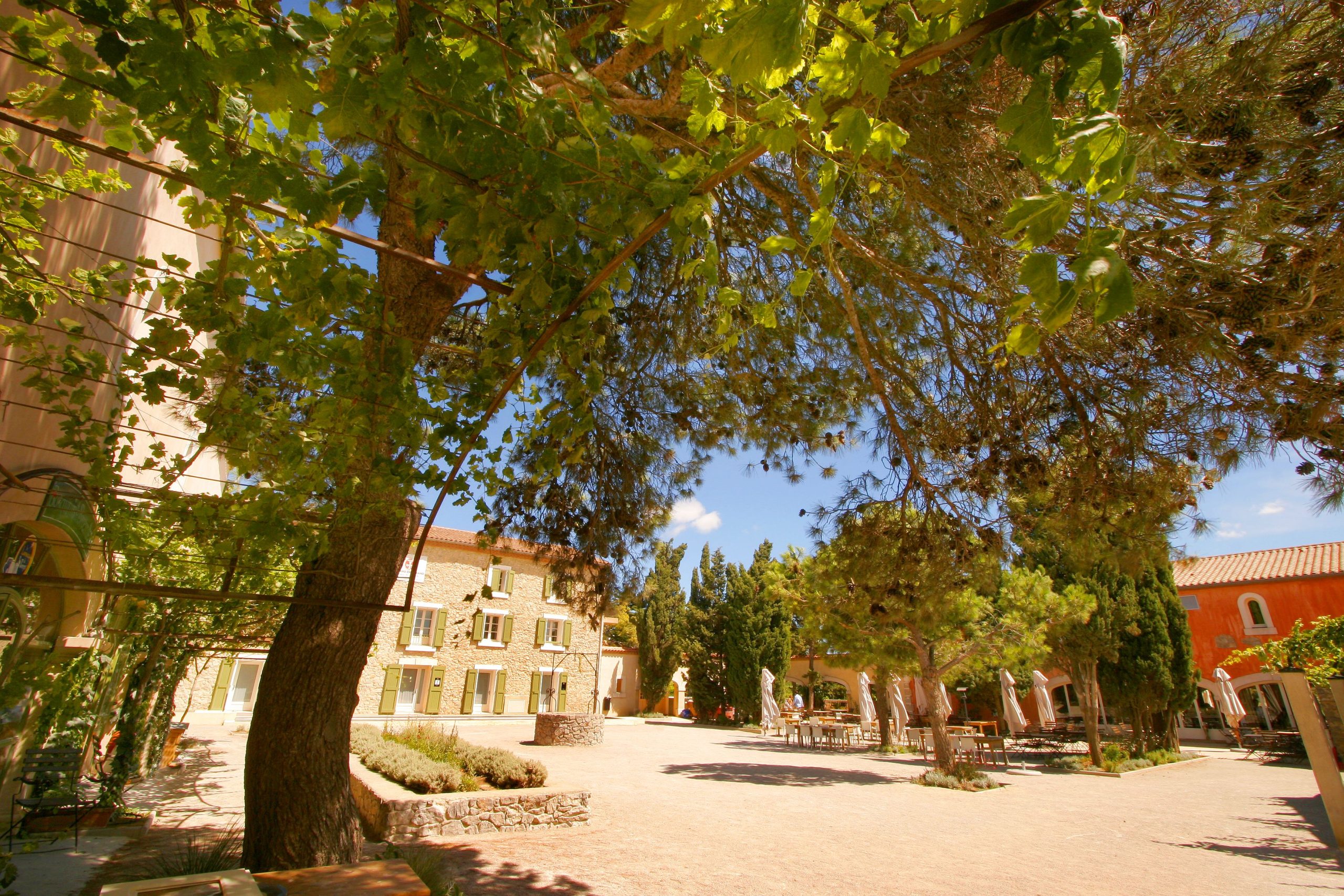
“I think there are several reasons for the wines’ successes. One, the South of France is in my DNA; I know the grape varietals, the weather, the soil. I am also able to delegate. I learned to manage through sports. I employ determined people who fight for excellence; I give them the responsibility they need to do that. I try to be the first one in in the morning and the last to leave. I have to earn someone’s trust; nothing should be taken for granted.”
I guess that is how Bertrand—who owns 16 estates—has wines in 171 countries, revenue of $145 million, 340 employees and sales teams in Russia, Africa, Asia and Latin America. Clearly, he has found a formula to both care for the earth and be profitable. There is a trend now for global luxury houses like LVHM to own wineries, such as Moët & Chandon, Krug and Dom Pérignon, to name a few. Yes, he has been approached by some big luxury houses, but his heart lies elsewhere. “I am channeling the sun, moon and the planets; they tell me when to plant and when to harvest. We use all the biodynamic composts and natural plants from Nettles to Maria Thun compost. That is how you make a great wine…plus blending, I love to blend.”

Because his is so focused on each estate, there is no one Gérard Bertrand wine. He is not looking to make a consistent brand; instead, each of the estates is the star. Some are spicy and full-bodied, others restrained and elegant. However, you would never confuse them with a Burgundy or Bordeaux. They all are South of France, ripe and full of sunshine infused with fresh fruit.
It is not unusual for a Gérard Bertrand wine to be blended with grapes like Vermentino, Bourboulenc, Carignan, Syrah, Malbec or Merlot. Each of his estates has a unique terroir, and the grapes from that terroir can be blended to make a wine that is superior to the sum of its parts. “The terroir is everything. It is the style and soul of the wine; it must speak to the wine drinker. Through blending, I can create some magic. Like a chef, I try and bring all the ingredients together for a great dish.”
The way Bertrand’s wines come to the attention of wine drinkers is through sommeliers. “I think there are only three or four percent of wine drinkers who are wine lovers, who know each region and the vineyards in that region, who know the specifics of the grape varieties,” he explained. “Then, there are 20 percent of wine drinkers who love good wine but rely on recommendations from experts. It is these influencers who know what our wines stand for and how they taste; these are our ambassadors. We do everything we can to connect with them.”
During a recent virtual tasting, which Bertrand billed as “The Ultimate French Wine Experience,” the winemaker walked participants through a collection of his wines.
The overall takeaway? Wines that represented the terroir of the region while also appealing to mainstream palates. Wine made in the South of France can, at times, be bristly and off the beaten path for mainstream wine drinkers. Bertrand’s wines find balance by blending non-indigenous grapes and cellar practices that give the wines a consistency and uniformity.
For those looking for natural wines, Bertrand makes several under the “Naturae” label. These are organic and sulfite-free.
There were some standouts amongst the selections. They included the following:
Clos du Temple Rosé 2019
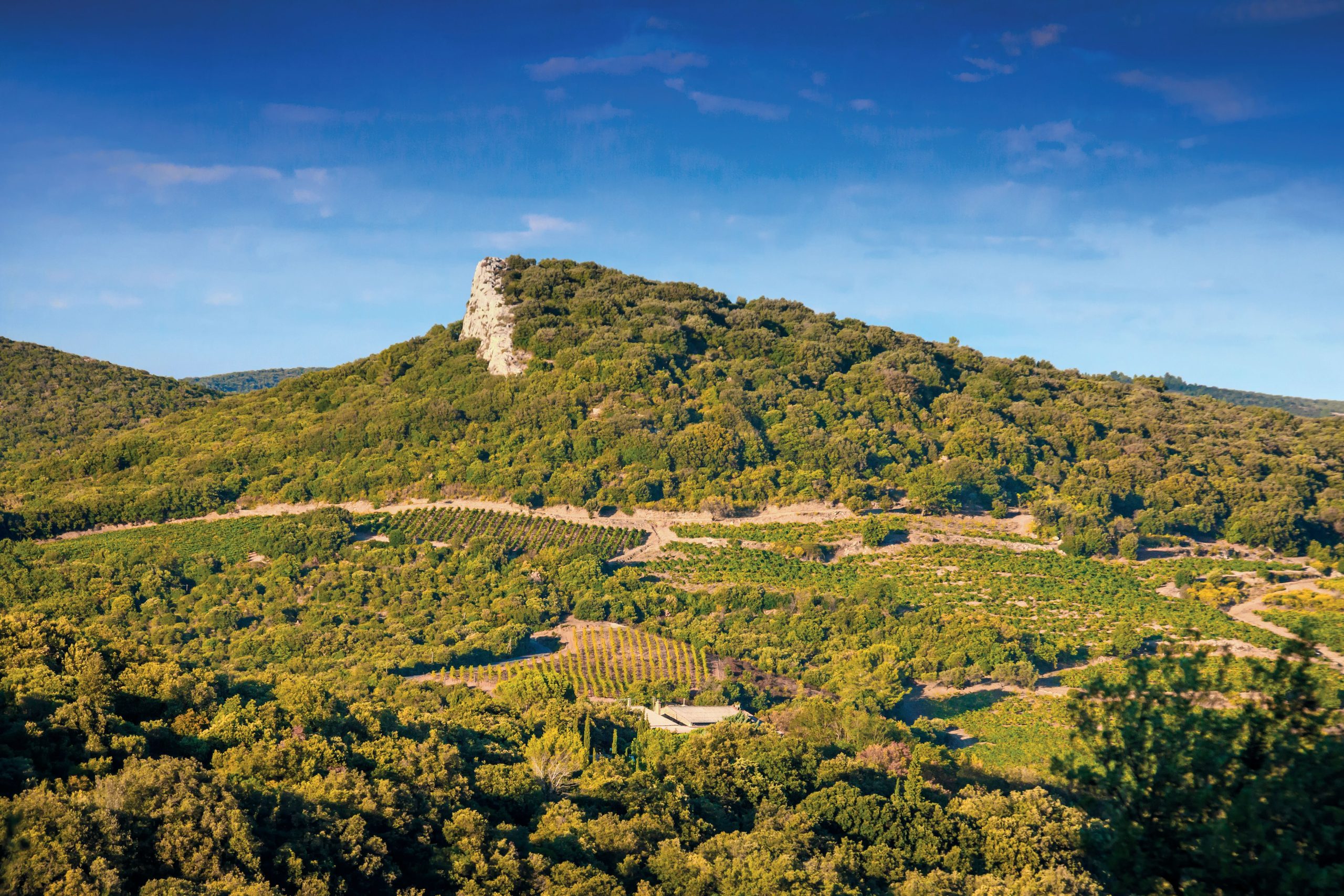
This is arguably the premiere wine from Bertrand. At almost $200 per bottle, it is considered one of the top rosés in the world. This is anything but typical, exhibiting a complex structure and depth that is hard to find in most rosé. In fact, it drinks more like a skin-contact, or “orange,” wine rather than a traditional rosé. The use of new French Oak adds some toasted notes and spice, balancing out bright acidity and notes of rose petals and citrus.
Château de Villemajou Grand Vin Blanc 2017
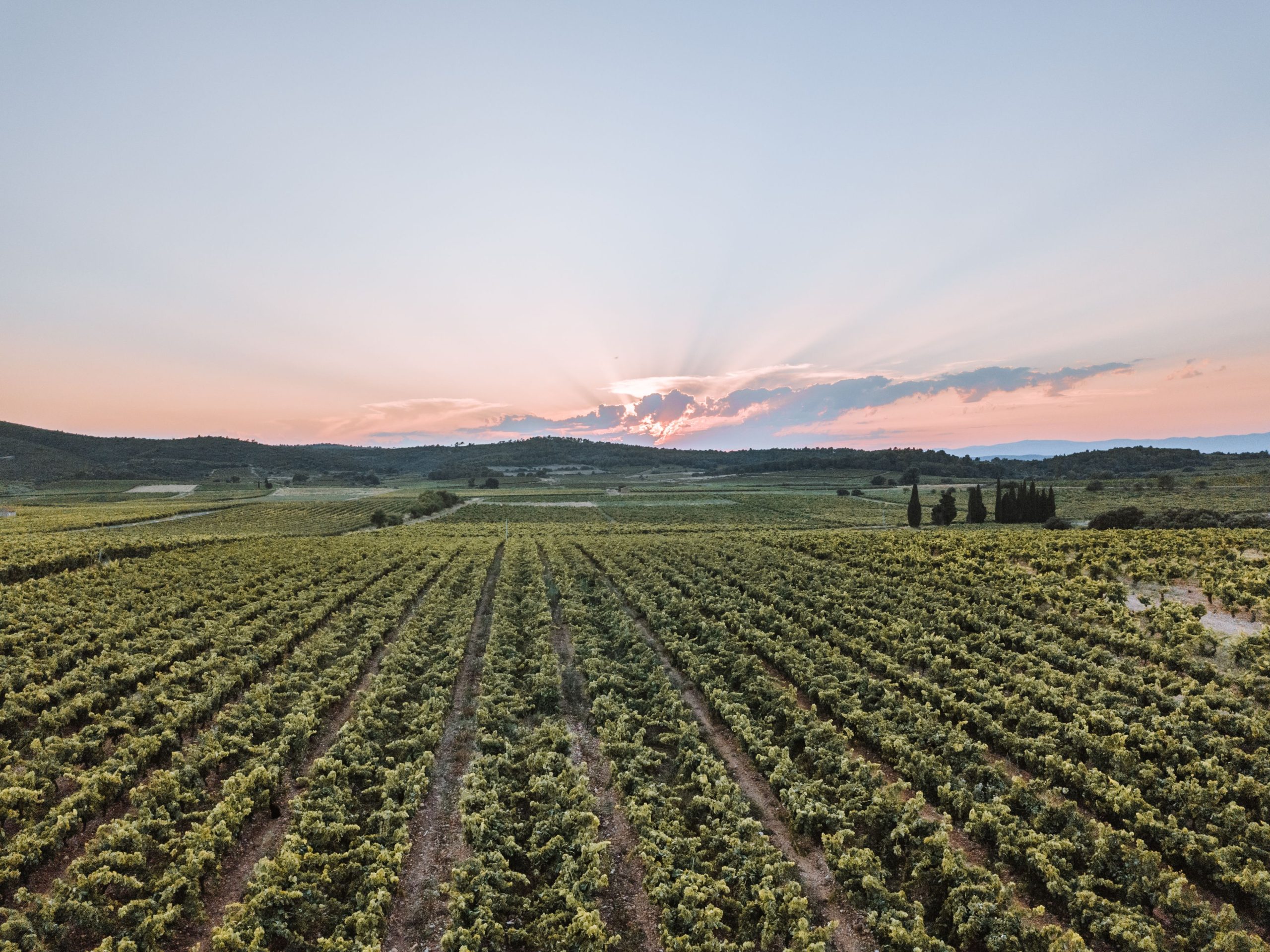
This lovely and easy drinking white blend was a standout amongst the selections. The addition of Vermentino (a predominantly Italian varietal) to the foundation of Roussanne and Marsanne was a standout. The floral notes and bright acidity are well-balanced with just the right amount of depth. The wine sees a short, six- to seven-month period of aging in oak, giving a touch of spice and structure to an otherwise complex experience.
Château la Sauvageonne Grand Vin Rouge 2015
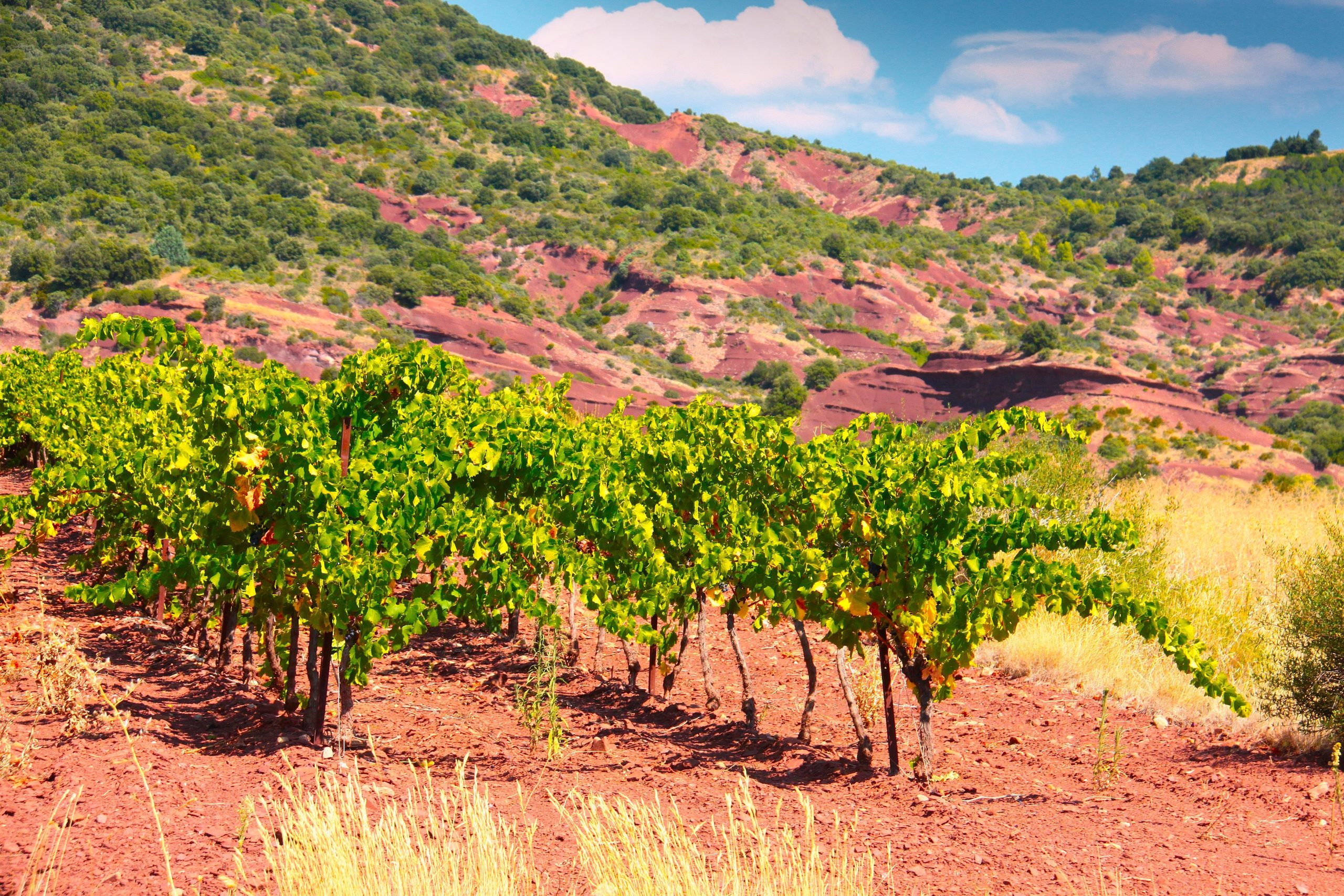
This is a classic blend of Syrah, Grenache and Mourvèdre that should please fans of big, spicy and complex wines from this region. Best paired with grilled meats and bold cheeses, this wine shows a good deal of dark fruit mixed with clove, while light and fine tannins help provide some backbone to this otherwise powerful blend.
If you are looking to start or add to your “ethical cellar” it might be a good idea to put these high on your list.

